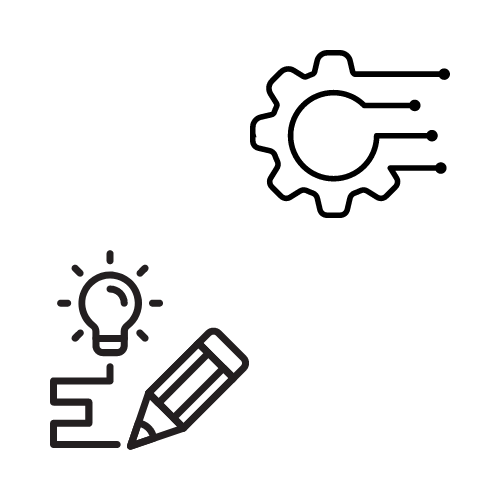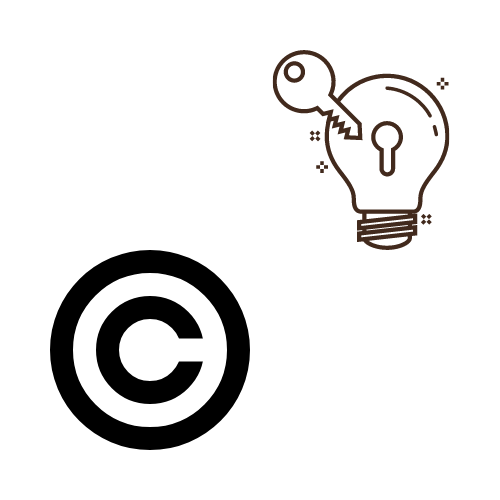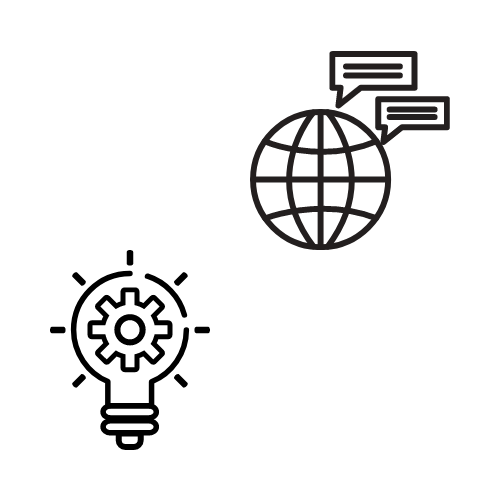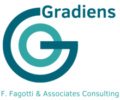
Product development & design
Compressor design (valves, mufflers, bearings, etc.);
Optimization considering efficiency, noise, vibration, cost, and reliability;
Product/process concurrent design and design for manufacturing and assembly;
Quality improvement by design and implementation of quality tools along the designing process;
Design of thermal systems via simulations & experimentation;
A bridge between academia and industry in cooperation projects.

Compressor/refrigerator concurrent development
Compressor and refrigeration system concurrent design;
Design to value with product savings coming from the proper balance among the characteristics, not just downgrading components;
Quality issues anticipated considering the potential interactions among the variables, reducing rework and loops;
Global optimum instead of a sum of local optima;
Component-level optimization taking into account the interactions among sub-systems.

Quality issues and problem-solving
Compressor & refrigeration system design and manufacturing quality issues solved by design;
Problem-solving taking into account technology and process restrictions, available resources and time;
Root cause determination by a third party, without the influence of parameters other than the purely technical ones;
Bridging R&D, Quality, and Manufacturing in the solution process, increasing focus and minimizing friction among departments;
Follow up until the final validation, i.e., until indicators from the field corroborate the problem is actually solved.

Intellectual property generation and management
Determination of the actual needs in terms of IP based on the company’s vision;
IP portfolio optimization considering vision, needs, strategy, and resources available;
Building up a lean, effective intellectual property portfolio, from idea collection to IP management;
Coaching on opportunities mapping and feasibility evaluation to build up the IP portfolio;
Continuous evaluation regarding all possible changes in the scenario (portfolio aging, competitors’ moves, impact of new technologies,etc.).

Technology monitoring, technology evaluation, risk analysis
-
Evaluation of possible threats and opportunities for the business via technology monitoring;
-
Evaluation of the company’s actual needs in terms of research based on technology scenario;
-
Mapping the technologies to be addressed and the indicators to follow up their development;
-
Depict the present and future applied technology landscape;
-
Evaluation of the actual potential and roadblocks of the different technologies;
-
Mapping short- and long-term risks of using or developing specific technologies;
-
Continuous evaluation of the risks and deployment into different action plans, depending on the concern and resources available.
